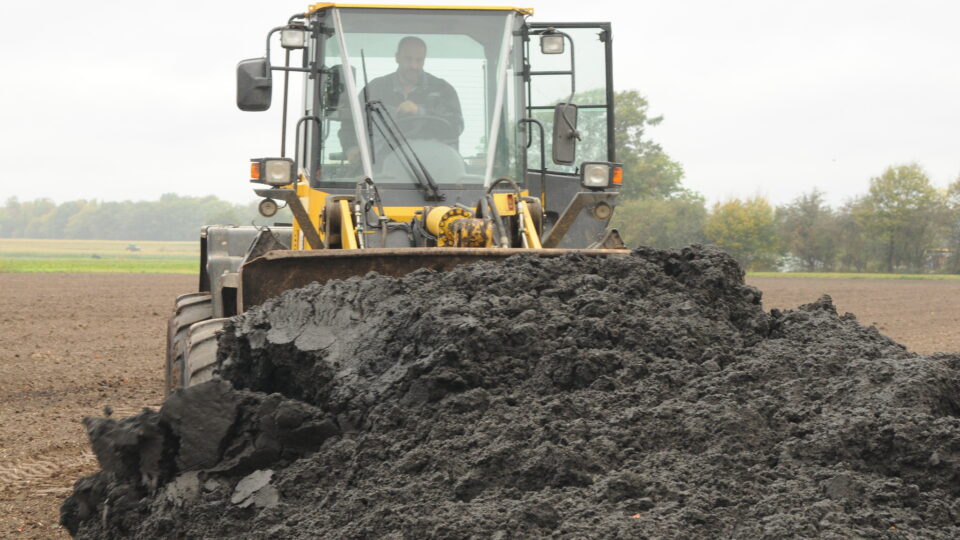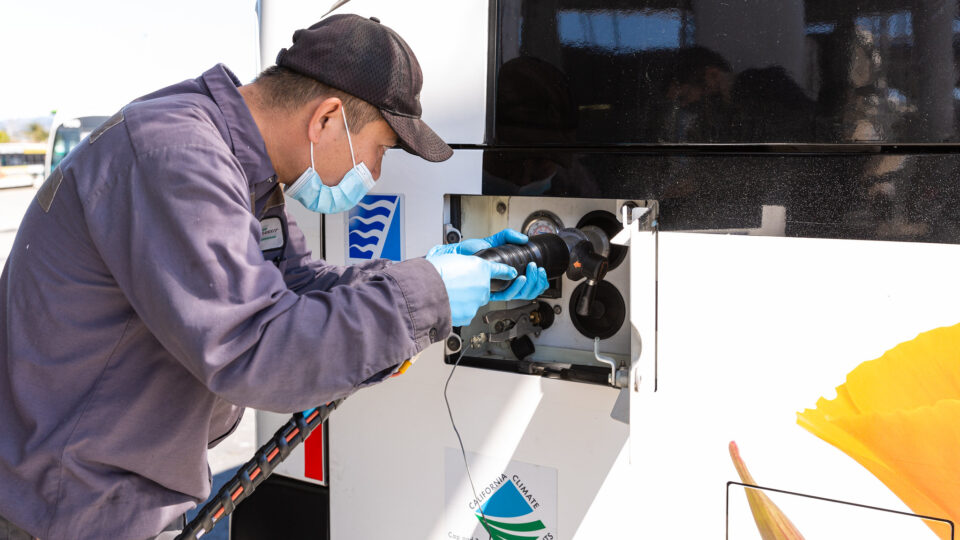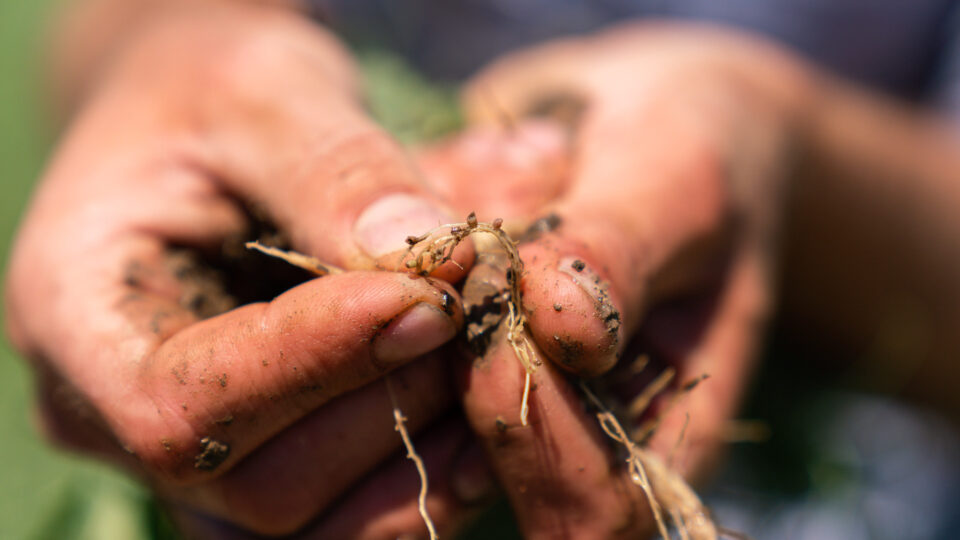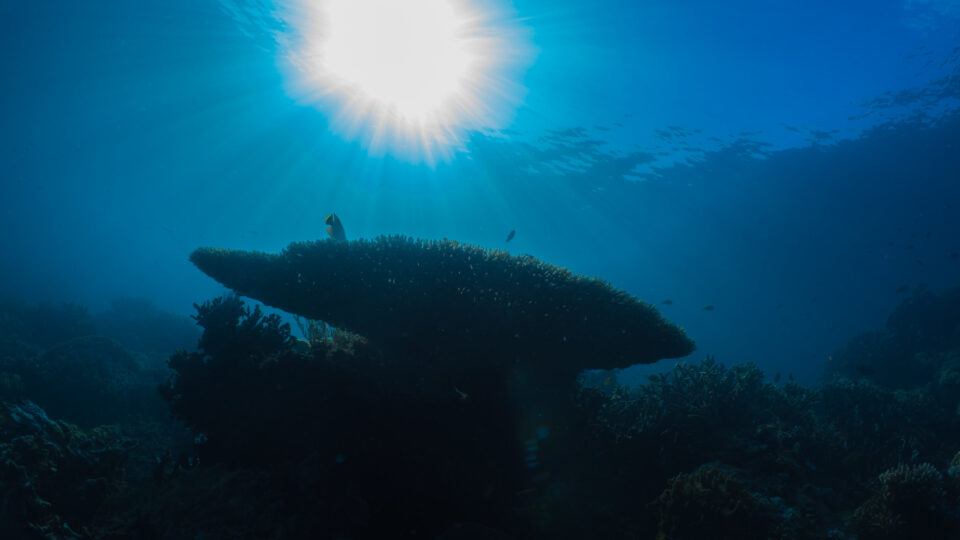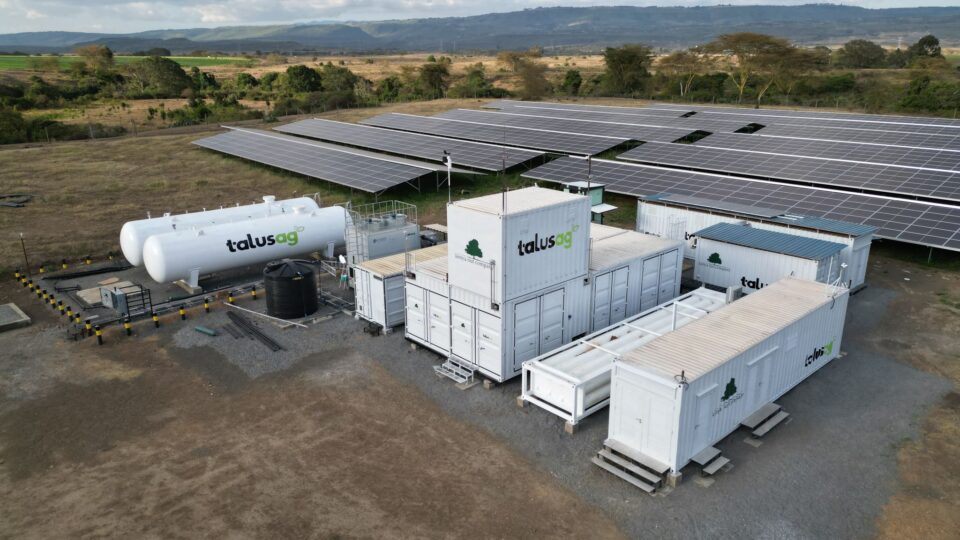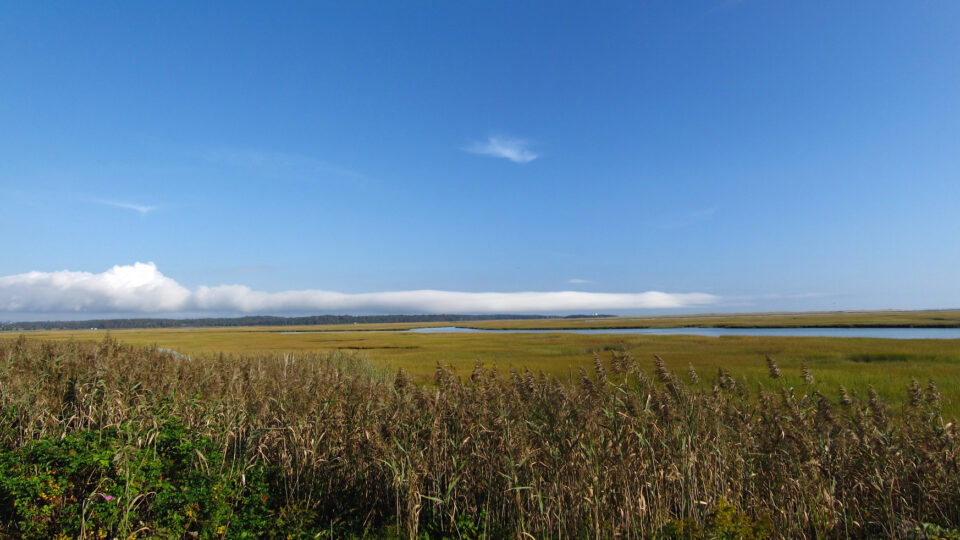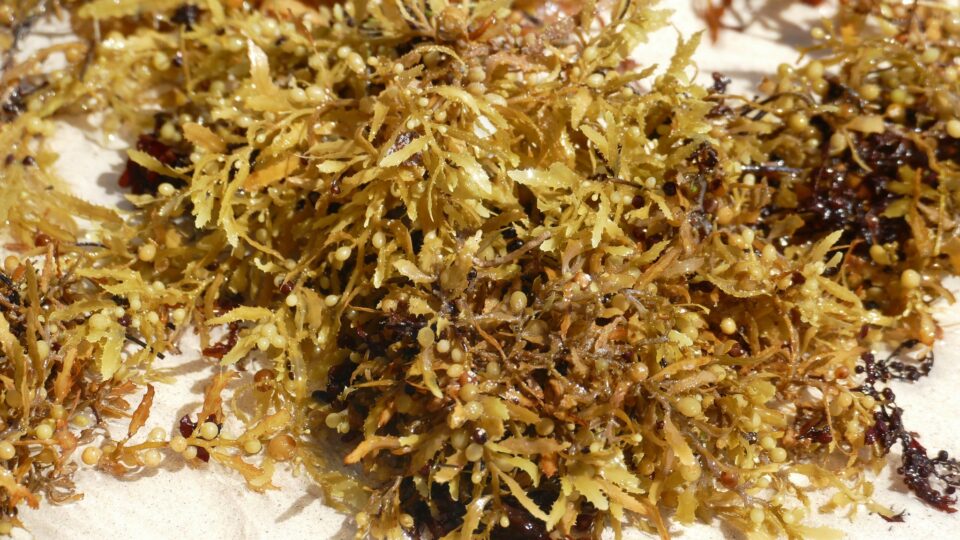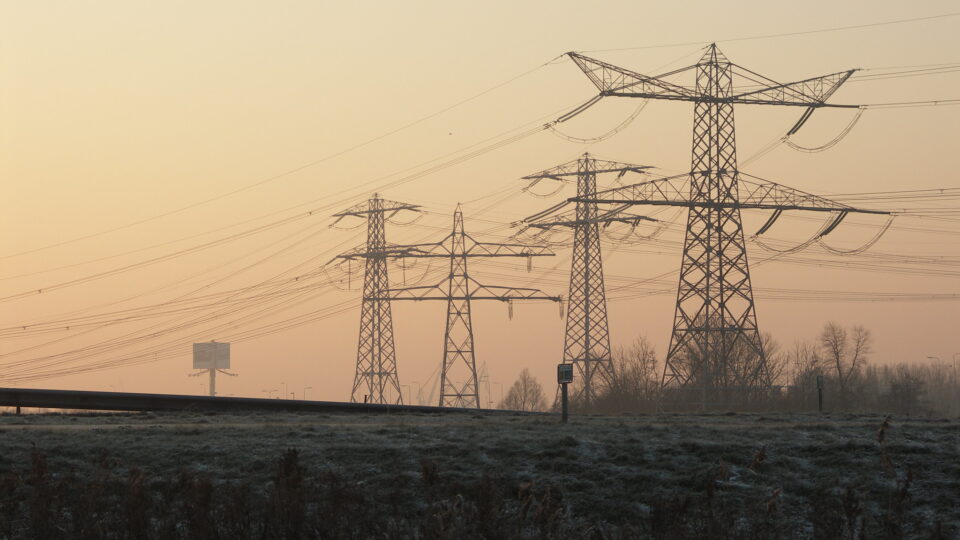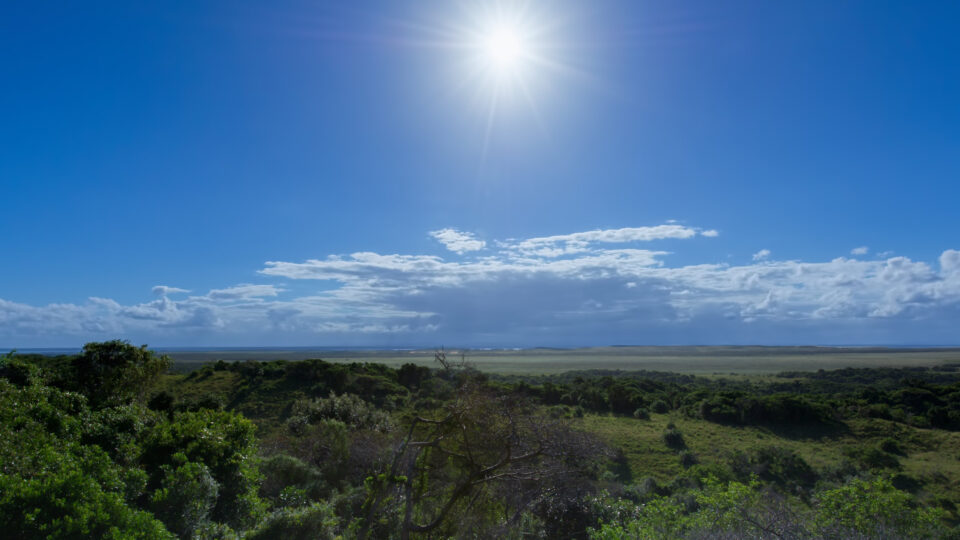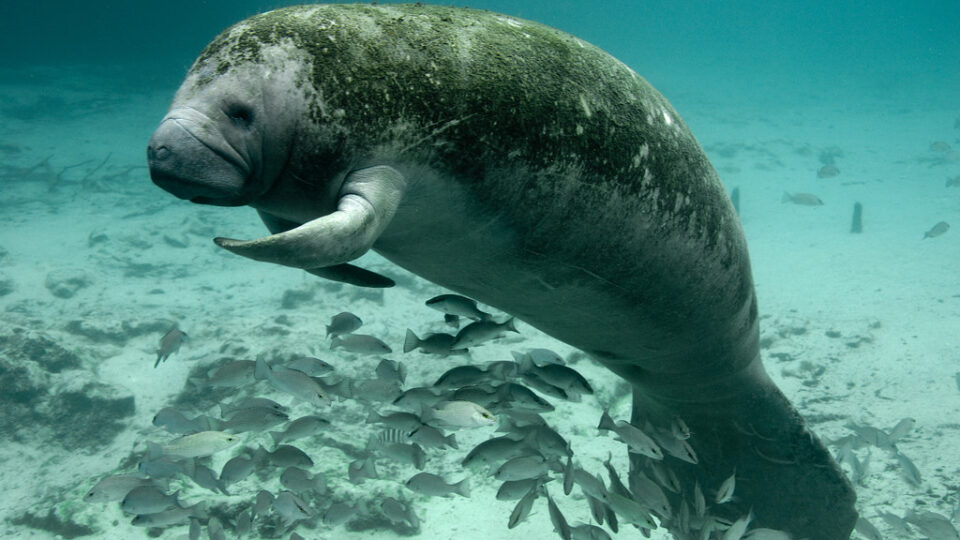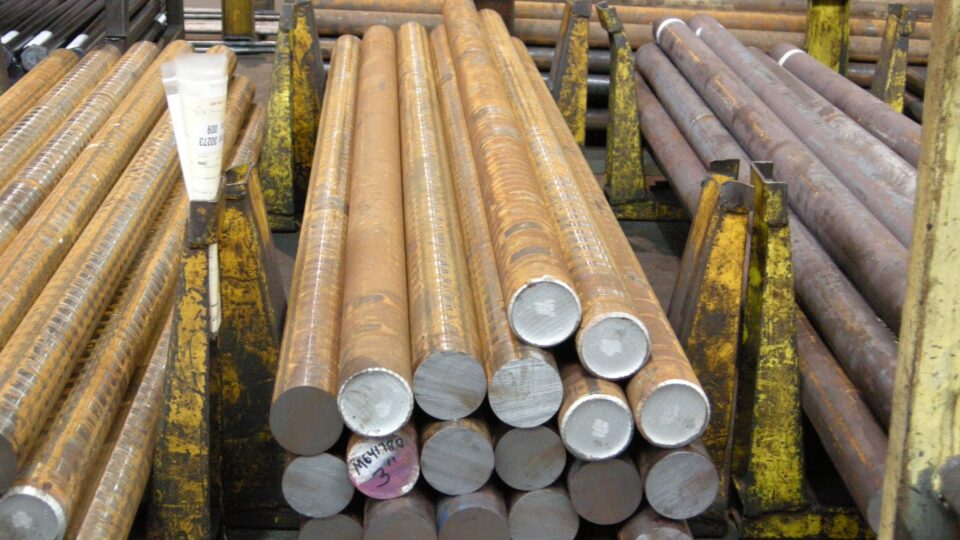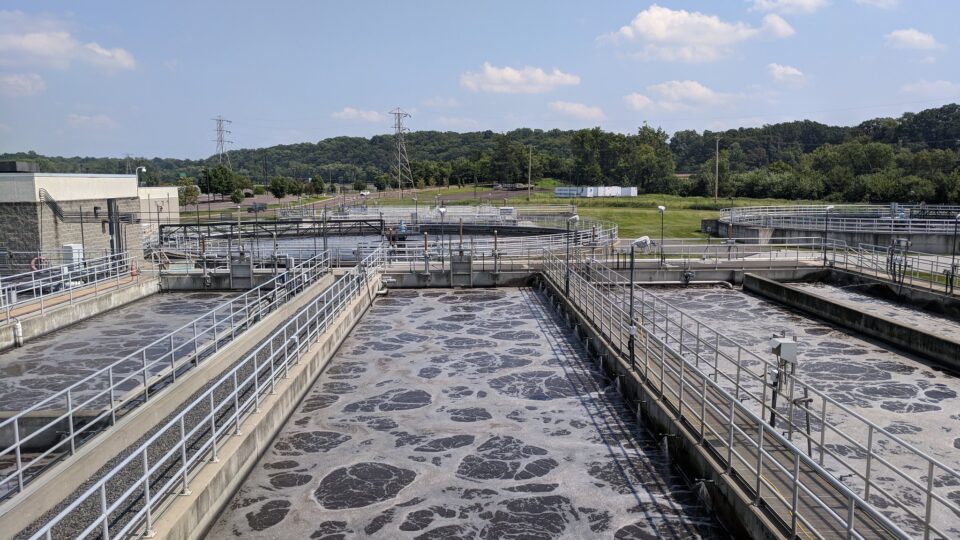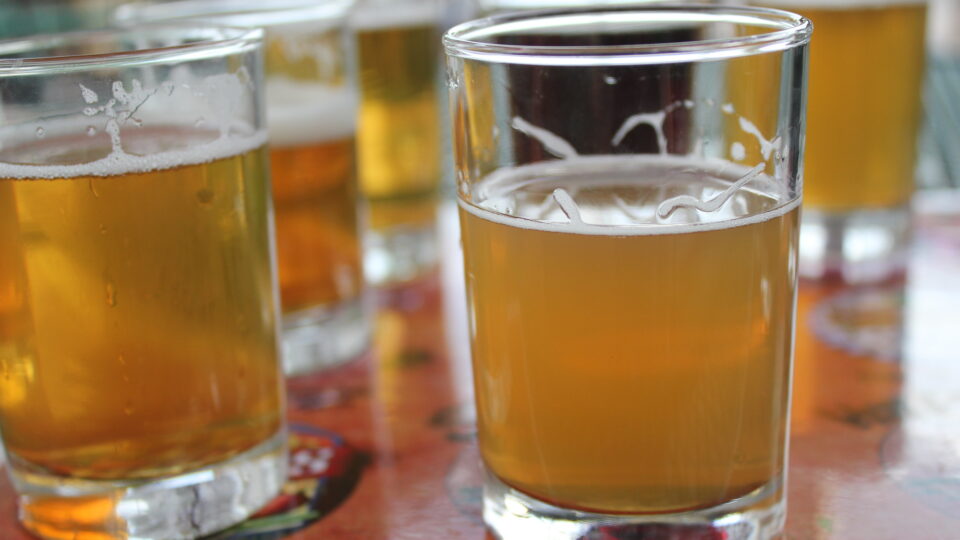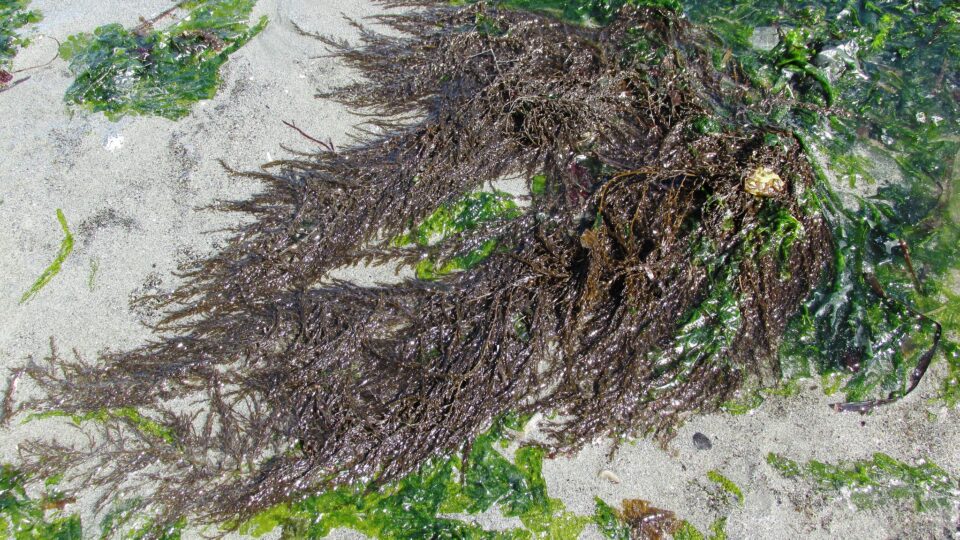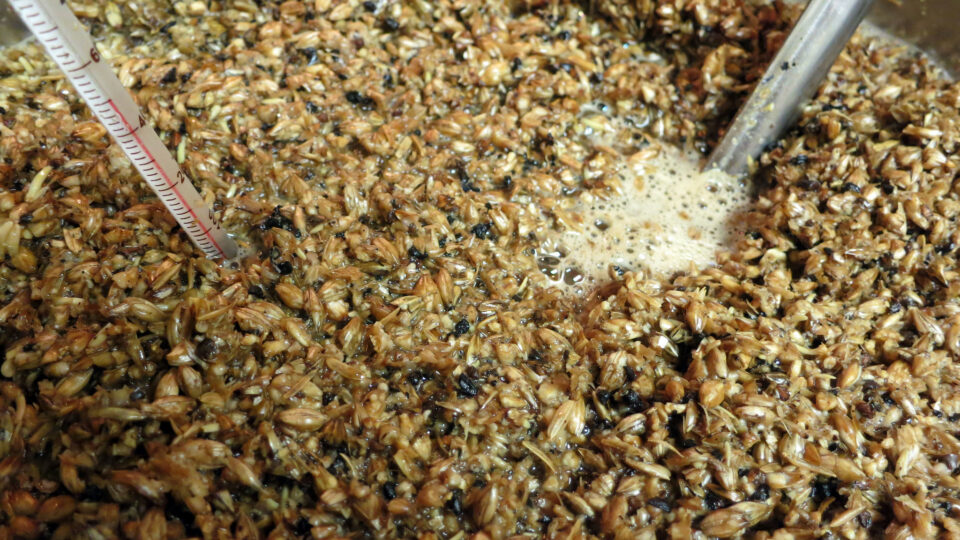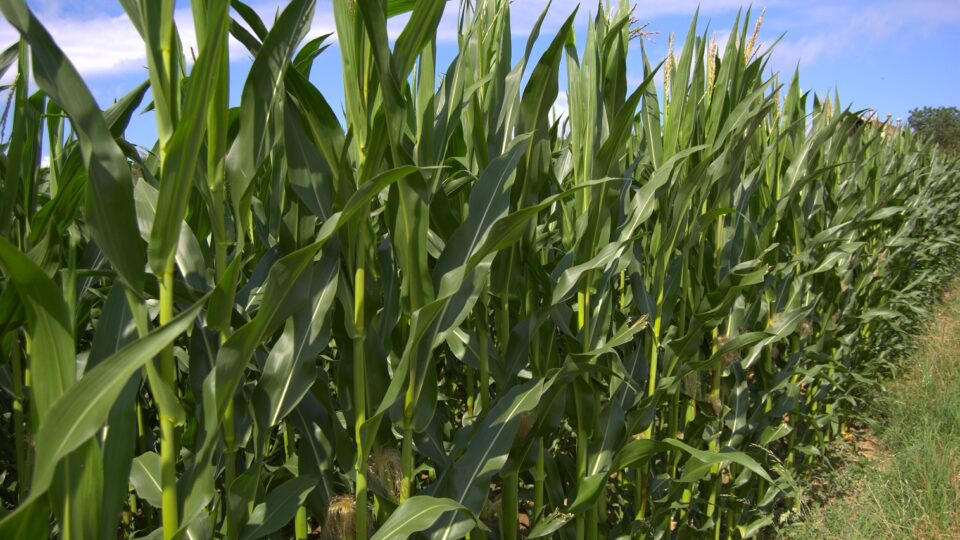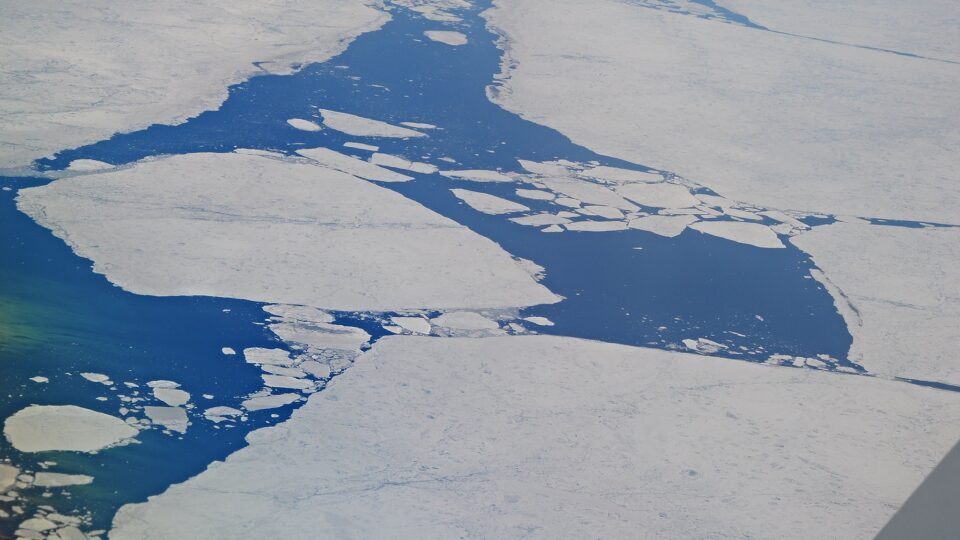Sewage sludge is the mud-like residue that is produced as a byproduct during wastewater treatment. In the U.S., sewage sludge is referred to as biosolids after it’s been treated. The term is meant to distinguish the higher quality, treated sludge from raw sludge and from sludge that contains large quantities of environmental pollutants.
However, according to a new study by researchers from Johns Hopkins University, fertilizers manufactured from the sludgy leftovers of wastewater treatment processes can still contain traces of potentially hazardous organic chemicals.
The research, which was recently published in the journal Environmental Science & Technology, provides one of the most comprehensive looks at the chemical composition of biosolids across the country.
Biosolids do contain valuable organic matter and nutrients, including nitrogen and phosphorus. According to the U.S. Environmental Protection Agency, more than half of the 3.76 million tons of biosolids produced in the U.S. in 2022 fertilized agricultural lands, golf courses, and other landscaped areas.
In the study, the research team screened 16 samples of biosolids from wastewater treatment facilities in nine U.S. and three Canadian cities. The researchers then created lists of the chemicals found in each sample. They found 92 common compounds that were present in 80% or more of the samples. The researchers cross-referenced those 92 compounds against the EPA’s CompTox Chemical Dashboard to identify which chemicals were most likely to pose threats to human health or the environment.
The findings could help the EPA identify which organic compounds to investigate further and which chemical contaminants may need government regulation.
**********
Web Links
Team Aims to Improve Safety of Fertilizers Made from Wastewater Sludge
Photo, posted November 2, 2011, courtesy of Susana Secretariat via Flickr.
Earth Wise is a production of WAMC Northeast Public Radio
